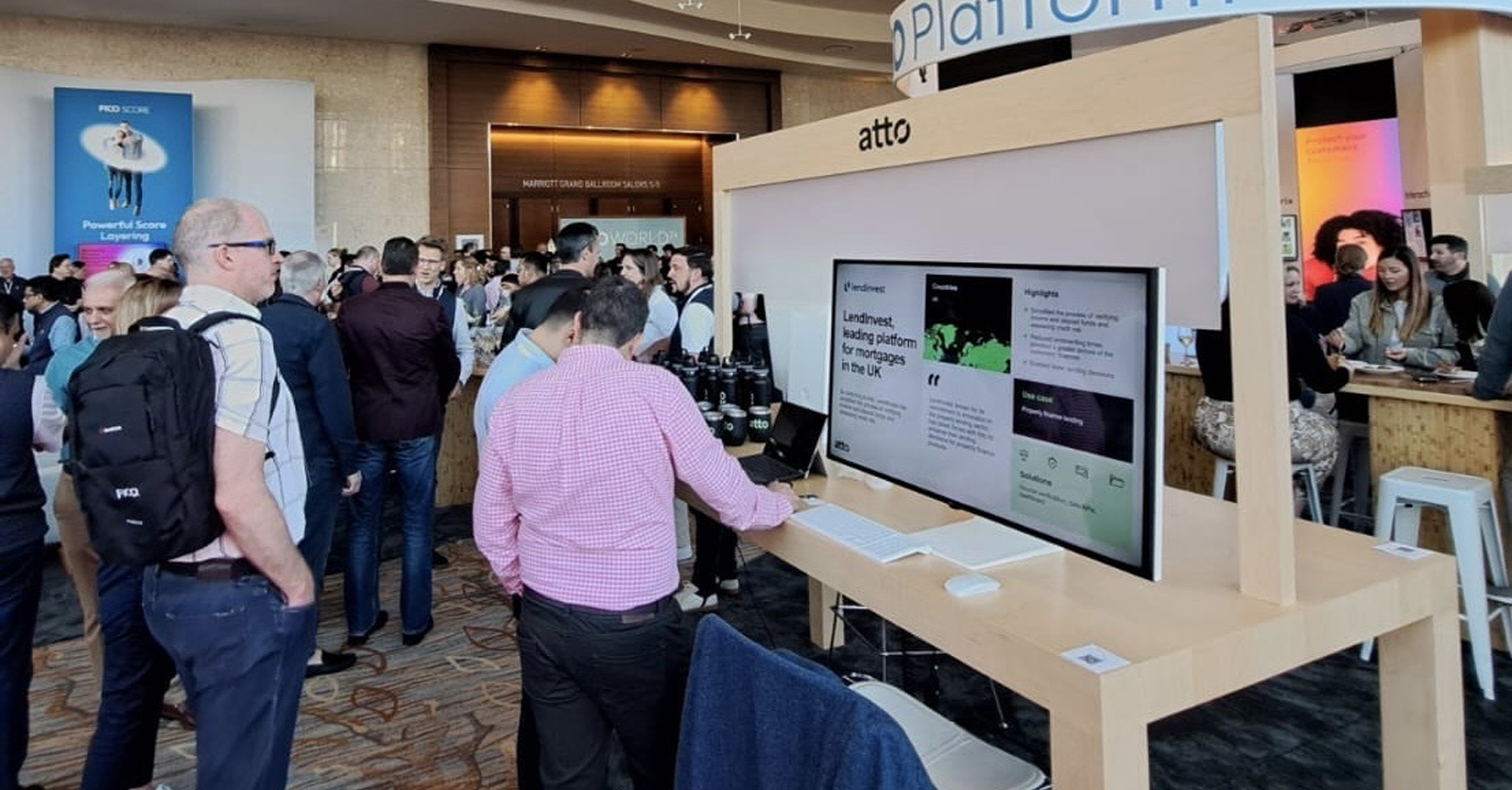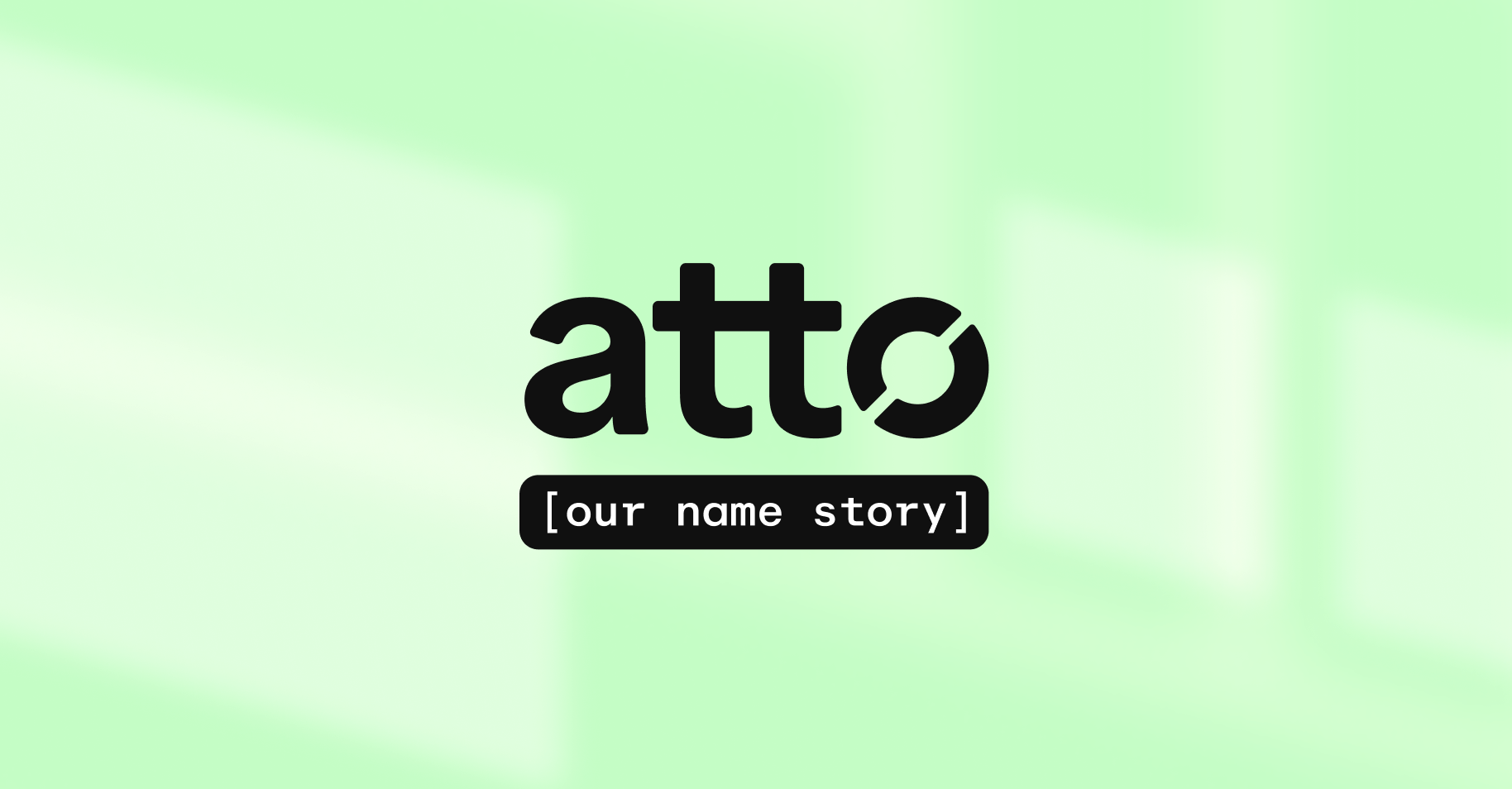As the energy crisis escalates, open banking could be the key to proactively assessing and managing financial vulnerability.
The impending challenge for utilities providers, particularly in the context of the pandemic and the energy price cap increase, is the identification of financial vulnerability both pre and post arrears.
Over the last five years, Ofgem has increasingly pushed their focus on protecting consumers in vulnerable situations, and have pledged to further strengthen this focus going forward.
Ofgem in Customer Vulnerability Strategy 2025, said:
For consumers in vulnerable situations to be supported in the energy market, energy companies need to have appropriate policies and procedures in place for identifying them. We are concerned that this is not happening as well as it should be.
How do providers currently identify vulnerability?
Historically, utilities providers would carry out credit checks only to gauge whether or not a customer would be able to pay their bill regularly and on time. Now, utilities providers must consider customers’ broader financial circumstances.
While the customer may not be in debt with the utilities provider, they may be facing hardship elsewhere. Providers must also consider what an unexpected incident (serious illness, divorce, job loss etc.) would have on a customer’s ability to pay for the service, and whether this could leave them financially distressed. Utilities providers have a legislated obligation to identify and prevent financial distress.
With so many moving parts, identifying financial vulnerability is inherently complex. Part science, part backward-looking, and part future-gazing, identifying customers who are (or will be) in financial distress requires a variety of quality data sources to make fair decisions.
Like credit checks, vulnerability assessment are traditionally based on historic transaction data obtained from Credit Reference Agencies. This details the type of loans, credit cards and bank accounts the applicant might have, or have had historically. This helps providers gain an understanding of salary or income and regular outgoings. These information sources are often out-of-date and can only provide a partial view of the customer’s credit history or current financial health.
Self-declared information provided by the consumer can help paint a fuller picture of affordability and vulnerability, but requests for documentation, as any utilities provider can attest, slows down internal processes making it costly and resource heavy. This information cannot always be verified, which opens the door to potential fraud, not to mention the poor customer experience it entails.
Furthermore, in today’s complex world, fewer and fewer people work traditional 9-5 jobs. Self-employment, zero-hour contracts and the gig economy are all on the rise. Younger people and new-to-country individuals will often have thin credit files. These factors only add to the complexity of assessing financial vulnerability.
Open banking, the solution
Ofgem in Customer Vulnerability Strategy 2025, said:
We want to see better use of data to enable a smarter, fairer and more flexible energy system. Companies need to be making better use of new and existing data and record it accurately.
Completely secure, and offering read-only access to transactional data , open banking is a game changer for utilities providers. In the context of vulnerability, it completely removes the need for customers to send in bank statements and pay slips. It provides a real-time, complete view of an individual’s financial circumstances for providers to accurately identify existing and emerging financial distress.
How open banking works
Broad adoption of PSD2 and open banking adoption in Europe and the UK has paved the way for the development of innovative services based on bank data. Open banking is the exchange of data and services between financial institutions and third-party providers (TPPs). Through the use of APIs, customers are directed to the login page for their internet banking. Once logged in, APIs are given access to (read only) transactional data which, in this case, is shared with the utilities provider.
With the ability to see what outgoings the customer has compared to salary or income, identifying financial distress becomes a fairer and simpler equation. With visibility of discretionary spend and available resource, utilities providers are better-informed when making judgements on whether a tariff is affordable, and whether a customer is likely to fall into financial distress after subscribing.
About Atto
Atto has harnessed open banking data to develop a market-leading credit and risk platform that powers some of the world’s largest brands. Data obtained, with explicit consent, directly from a consumer’s bank account is real-time, verified, incorruptible, and guaranteed to be accurate.
Applying advanced modelling techniques, Atto provides unique insights into customers' financial status, which enables decision makers to have a more precise view of affordability and vulnerability, and to make faster, fairer, more accurate and personalised decisions.
Through the Atto credit and risk platform, customers have a way to share the data that utility providers need to assess affordability and vulnerability, identify emerging financial distress, and ultimately to make better-informed decisions for customers.
Learn more and let our specialist team demonstrate the Atto platform.




